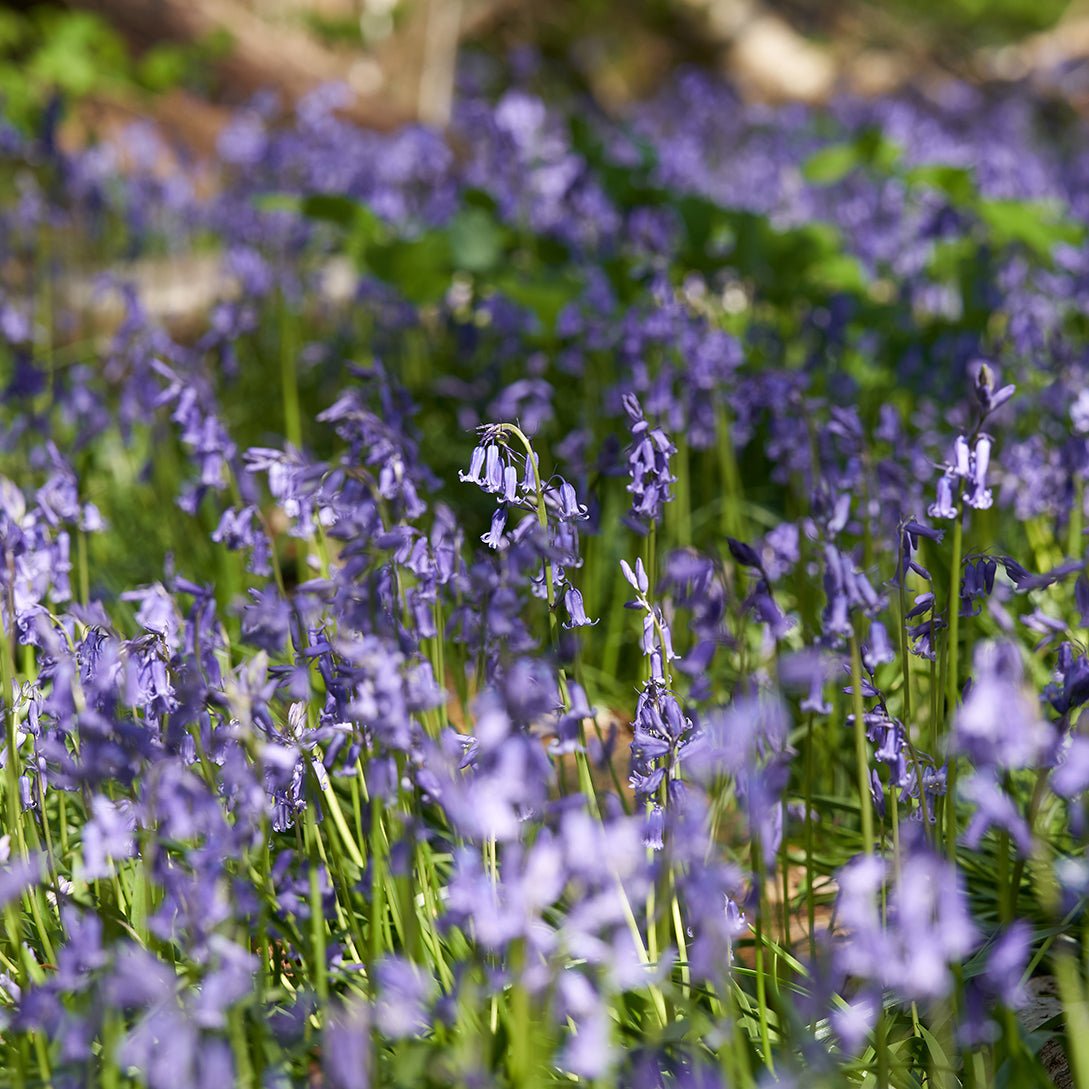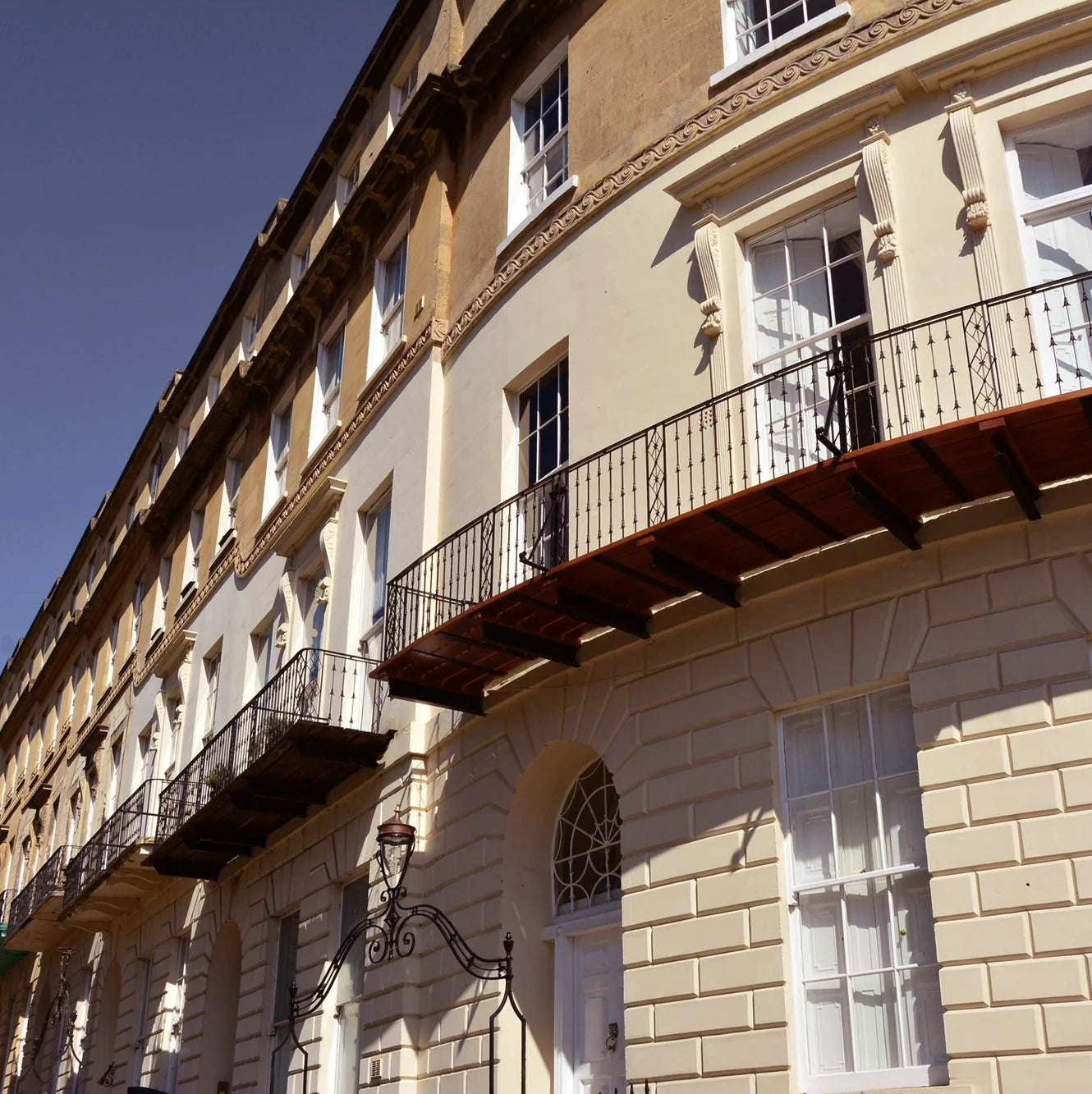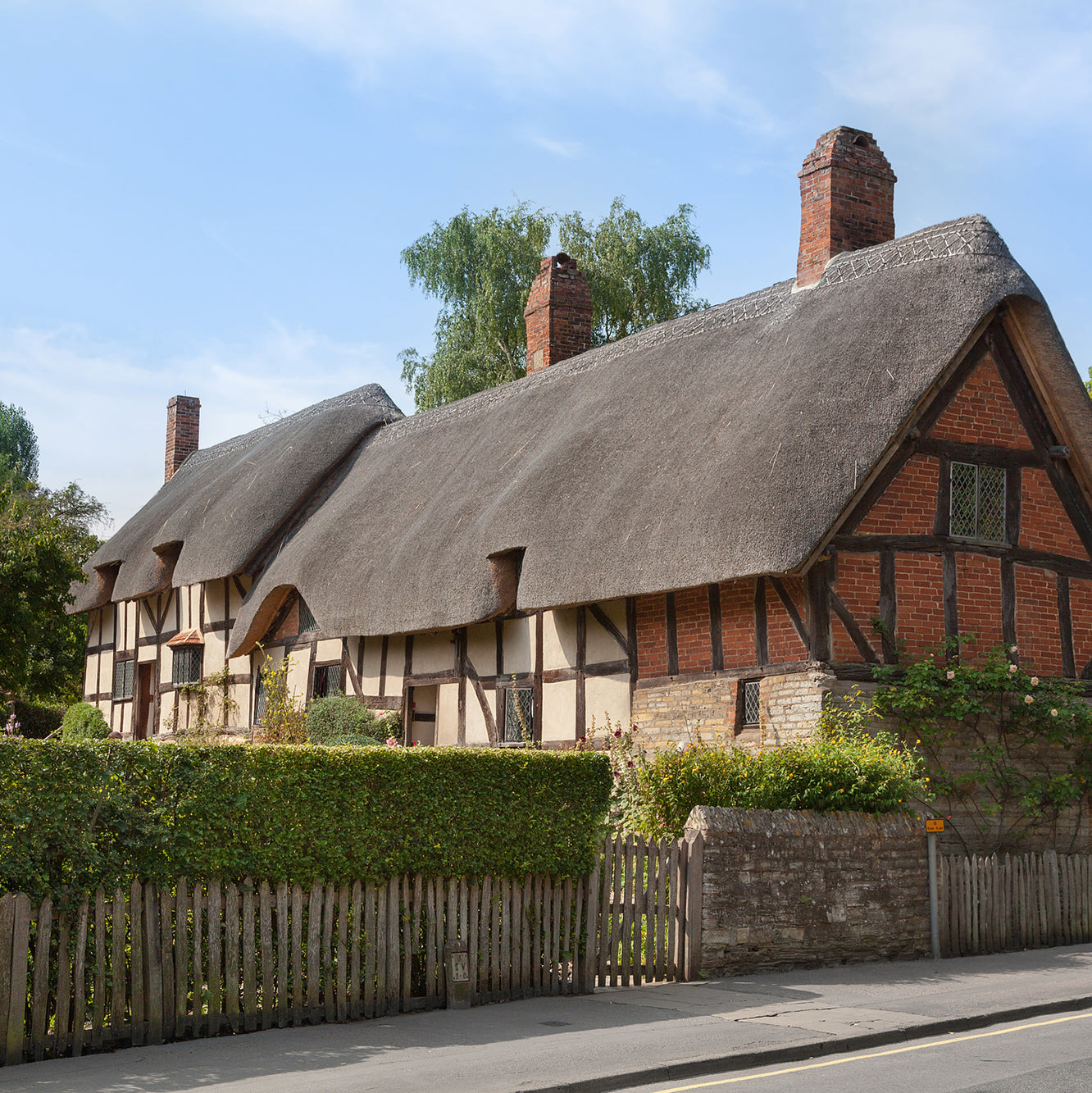MUSINGS, INSPIRATIONS, RECIPES, FEATURES & MORE
LATEST / INTERIORS INSPIRATION / COUNTRY & PERIOD HOUSE GUIDES / MUSINGS / SUSTAINABILITY / FEATURES / HEALTHY LIVING
INTROVERT VS EXTROVERT: DESIGNING A HOME FOR YOUR PERSONALITY
Our homes are more than just shelter; they're a reflection of who we are and how we function. For introverts and extroverts, whose energy needs and social preferences differ greatly, creating a home that caters to their natural tendencies is key to fostering a sense of comfort and well-being. Let's explore how interior design principles can be used to create havens for both personality types.

Image: Pierre Yovanovitch
THE INTROVERT'S SANCTUARY
Introverts, known for thriving on solitude and needing time to recharge after social interaction, require a home environment that prioritises peace, tranquility, and a sense of personal space. Here's how to create an introvert's haven:
Embrace the Calming Power of Colour: Opt for a calming colour palette. Soft neutrals like beige, grey, and pale blue create a sense of serenity and spaciousness. Consider deeper, cool tones like navy blue or forest green for accent walls to add depth without overwhelming the space.
Texture for Tactile Comfort: Introverts often seek a sense of grounding and comfort. Incorporate a variety of textures to create a layered and inviting atmosphere. Think plush rugs underfoot, knitted throws on furniture, and natural elements like woven baskets or wooden furniture with visible grains.
Lighting for Focused Activities: Harsh overhead lighting can be overwhelming for introverts. Utilise layered lighting to create pockets of illumination. Floor lamps with adjustable heads provide task lighting for reading or working, while ambient lighting from table lamps and sconces creates a cosy atmosphere. Dimmer switches allow for further control over the mood.
Furniture for Comfort and Function: Prioritise furniture that encourages relaxation and focused activities. A plush armchair with an ottoman invites curling up with a good book. A dedicated workspace with ample storage keeps clutter at bay and promotes productivity. Opt for furniture with clean lines and a smaller scale to avoid overwhelming the space.
Embrace the Power of "No": Introverts need dedicated areas for solitude and decompression. A designated reading nook with a comfortable chair and good lighting provides a refuge from external stimuli. Consider a space for hobbies or creative pursuits, whether it's a writing desk bathed in natural light or a music corner with comfortable seating.
Less is More: Introverts tend to be visually stimulated easily. Avoid clutter by incorporating ample storage solutions. Opt for closed cabinets and bookshelves to minimise visual noise. Keep surfaces clear and uncluttered for a sense of peace and calm.
Nature's Invitation to Relax: Connecting with nature can be incredibly calming for introverts. Introduce elements of the natural world through potted plants, botanical prints on walls, or natural materials like wood and stone. Consider incorporating a view of nature through strategically placed windows, or even create a dedicated meditation space with a Zen garden aesthetic.
THE EXTROVERT'S HUB
Extroverts, energised by social interaction and drawn to stimulation, thrive in open, dynamic spaces that encourage connection and conversation. Here's how to design a home for the extrovert:
Bold Colours for a Vibrant Energy: Extroverts can embrace bolder color palettes. Energetic hues like red, orange, and yellow create a sense of excitement and playfulness. Consider colour blocking or accent walls for visual interest. Lighter blues and greens can be used in areas meant for relaxation, but avoid overly neutral palettes that may feel too bland.
Open Floor Plans for Connection: Extroverts flourish in open floor plans that facilitate conversation and interaction. Consider knocking down walls (if structurally feasible) to create a seamless flow between living, dining, and kitchen areas. Utilise furniture placement to create conversation areas with comfortable seating facing each other.
Lighting for All Occasions: Extroverts need a variety of lighting options to cater to different activities. Overhead lighting ensures good general illumination for gatherings. Dimmer switches allow for adjusting the mood depending on the occasion. Task lighting at workspaces and under-cabinet lighting in the kitchen ensure functionality. String lights or a statement chandelier can add a touch of festivity.
Furniture for Conversation and Play: Furniture selection should encourage interaction. A large sectional sofa with plush cushions creates a comfortable space for gatherings. Include coffee tables with ample surface space for drinks and snacks during parties. Consider a dedicated game room with a pool table or a bar area with comfortable stools for socialising.
Multifunctional Spaces for Entertainment: Extroverts enjoy spaces that can transform depending on the need. A living room with a large TV and a pull-out couch can become a movie night haven. A guest room that doubles as a home office can accommodate visitors and provide a dedicated workspace.
Embrace Open Storage: Extroverts often enjoy displaying their collections and interests. Open shelving allows for showcasing books, artwork, or travel souvenirs, fuelling conversation and adding a personal touch. Consider incorporating display cabinets with glass doors for prized possessions, striking a balance between openness and protection.
Art as a Conversation Starter: Bold and colorful artwork, statement sculptures, or eye-catching photography can become conversation starters and add visual interest to the space. Encourage guests to share their interpretations and spark lively discussions.
Welcome the Outdoors: Extroverts often enjoy blurring the lines between indoor and outdoor spaces. Large windows and sliding glass doors that open onto patios or decks create a sense of connection with nature and facilitate easy flow between indoor and outdoor gatherings. Consider an outdoor living area with comfortable seating and a fire pit for year-round entertaining.
A Touch of the Unexpected: Extroverts appreciate a touch of surprise and personality in their surroundings. A vintage record player nestled in a corner, a conversation pit with plush cushions, or a quirky light fixture can add a playful element and encourage guests to explore the space.
FINDING THE BALANCE
While introverts and extroverts have distinct needs, there's room for compromise. A dedicated reading nook in a corner of a living room can offer introverts a quiet escape during gatherings. Extroverts, on the other hand, can benefit from incorporating calming spaces into their homes – a meditation room or a reading nook with soft lighting can provide a haven for quiet reflection when needed.
BEYOND PERSONALITY TYPES
It's important to remember that personality isn't the only factor to consider when designing your home. Family dynamics, lifestyle choices, and personal preferences all play a role. Consider the activities you enjoy most at home, the number of people in your household, and how you envision utilising different spaces.
EMBRACE YOUR DWELLING
Ultimately, the best interiors are those that reflect the personalities and needs of their inhabitants. Whether you're an introvert seeking a peaceful sanctuary or an extrovert yearning for a vibrant hub, create a space that fosters comfort, well-being, and a sense of belonging. Your home should be a place where you can recharge, connect, and express yourself fully. So, embrace your personality, explore design principles, and create a haven that reflects the unique you (or you and your loved ones).




